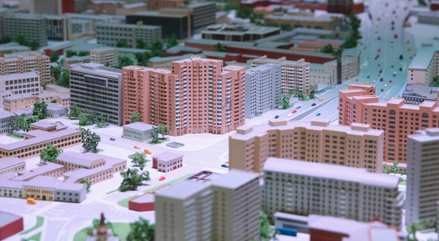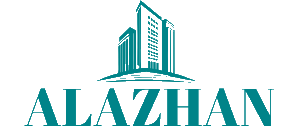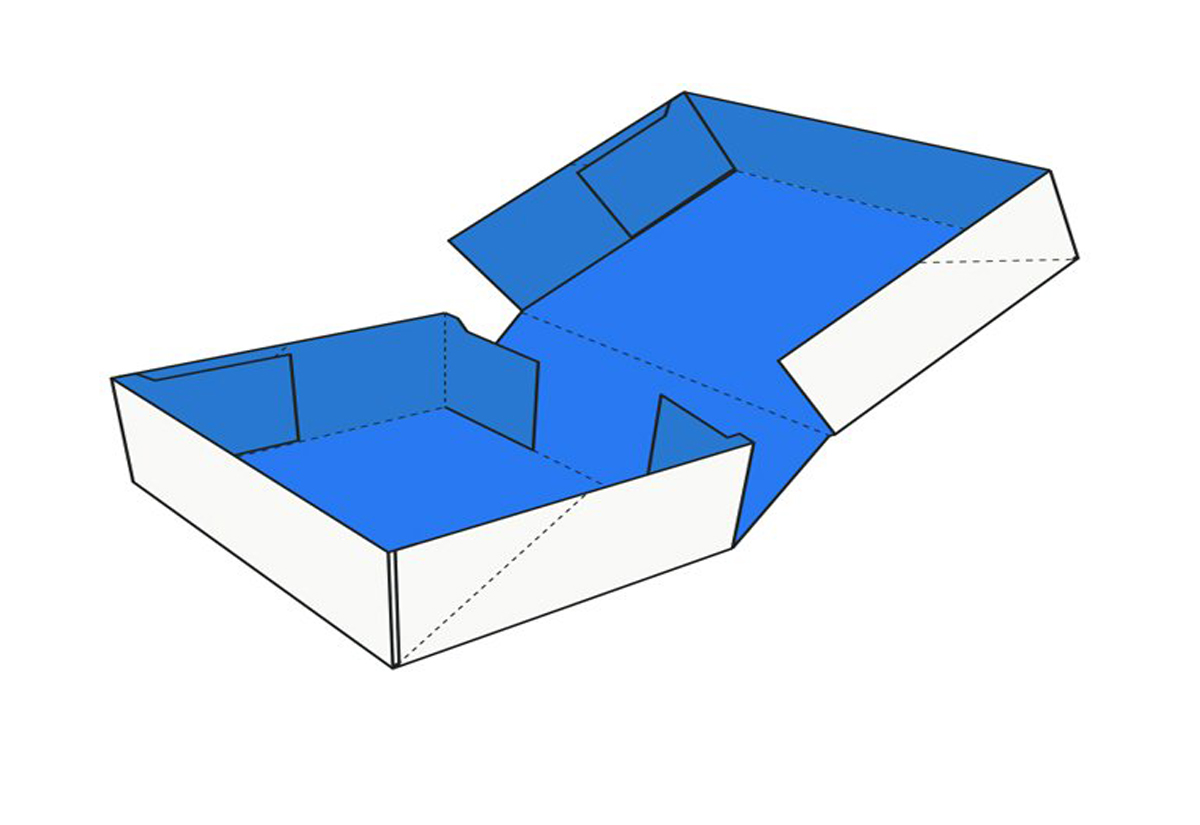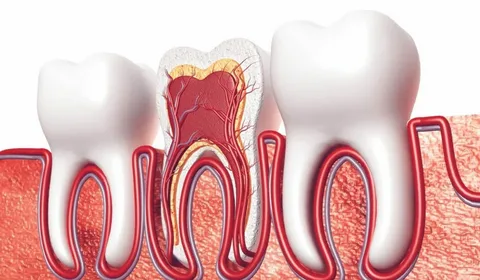
Are There Options to Create Modular Customized Architectural Scale Models Dubai for Skyscraper Designs?
Advantages of Modular Scale Models in Dubai
There are many benefits to using modular architectural scale models Dubai for skyscraper designs. First, they allow flexibility in presenting design changes. If an upper section of a skyscraper is revised, only that module needs to be replaced. This saves time and cost. Second, they are easy to transport. In Dubai, scale models often travel to trade shows or investor meetings.
A modular model can be packed safely and assembled on-site. Third, modularity supports interaction. Individual modules can be lifted to show inner layouts, service corps, or mechanical levels. This is useful during technical presentations.
Ideal Applications for Modular Scale Models
Modular models are perfect for mixed-use skyscrapers. These towers usually combine residential, commercial, hospitality, and retail spaces. Each use type can be shown as a separate module. This gives clarity to zoning and layout. They are also ideal for skyscraper clusters.
In Dubai, many towers are part of master developments. A modular system lets planners remove or replace a tower module to show future growth or design variants. Educational institutions and public exhibitions also prefer modular models. They support interactive learning and hands-on demonstrations.
Types of Modular Components
In Dubai’s architectural modeling sector, the following components are commonly created as modules:
- Podium Levels– Often detailed with retail spaces, entrances, and lobbies.
- Typical Floor Modules– Represent repetitive floors. A single module can be used multiple times.
- Mechanical Floors– Show HVAC units, ducts, and service shafts.
- Roof Structures– Include helipads, solar panels, or wind turbines.
- Basement Levels– For parking, service rooms, or emergency exits.
- Façade Panels– Separate panels allow variations in cladding or sun shading to be compared.
- Tower Cores– These reveal elevator shafts, staircases, and utilities.
Materials Used in Modular Models
Modular architectural scale models Dubai for skyscraper designs are made using durable yet lightweight materials. Acrylic is widely used for transparency and clean lines. ABS and PVC plastics are used for structural parts.
Wood and MDF are used in the base structure. For moving modules, magnets, pins, or clips are embedded to ensure a secure fit. Dubai-based model makers often use laser cutting, 3D printing, and CNC milling for accuracy. This allows parts to be interlocked smoothly without damaging the model during assembly or transport.
Customization and Upgradability
One of the key benefits of modular models is easy customization. If a design revision is made, only the affected module needs updating. Dubai skyscraper designs are often altered to meet market needs or regulatory changes. With modular models, firms do not need to remake the full model.
They can upgrade parts quickly. For example, if the tower height is increased. Additional modules can be stacked on top of the original design. If a sky bridge is added, it can be attached without reconstructing the surrounding towers.
Interactivity and Technology Integration
Modular models support modern interactive features. Touch screens can be linked to the modules to light up specific zones. RFID tags or sensors can be added to modules to display information. On a screen when a section is placed on the model base.
This makes the presentation more dynamic. In Dubai, real estate firms use this interactivity to engage investors. Some models include movable modules with embedded LED lighting and micro-motors. When a module is placed, it may automatically light up or rotate to show its features.
Transport and Assembly Benefits
In a city like Dubai where models are often moved from one venue to another. Modularity is a huge advantage. Instead of carrying a large single-piece model, modules can be packed in protective boxes. They can be easily assembled on-site within minutes.
Read More:- Al Quoz Dubai: A Fusion of Industry
This reduces the risk of damage during transport. It also saves storage space and simplifies logistics. Modular designs are ideal for exhibitions, roadshows, and temporary displays.
Environmental and Cost Considerations
Modular models are sustainable. Instead of discarding an outdated model, users can reuse base modules and update only the parts that have changed. This reduces waste. It also cuts down the time and materials needed for model building.
In Dubai’s fast-paced development scene, where multiple design versions are often explored, modular systems offer significant cost advantages. Architects and developers can experiment with design variations without starting from zero.
Conclusion
Modular customized architectural scale models Dubai for skyscraper designs are a smart and effective solution. They support flexibility, transport, interactivity, and cost-efficiency. Each module adds to the story of the project.
Whether it is a tower segment, a podium base, or a landscape zone, modular parts work together to build a complete picture.







